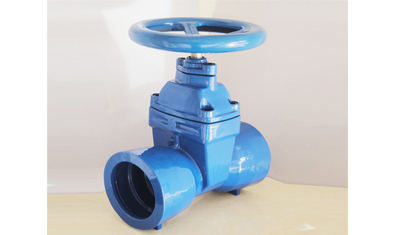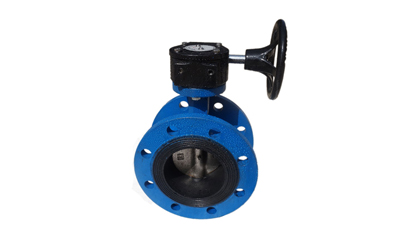Gate valves and butterfly valves are two very common valves. The two differ greatly in their own structure and methods of use as well as in their adaptation to working conditions. Next, the valves supplier will help users to better understand the difference between gate and butterfly valves and thus better help them to choose the valves.
Before explaining the difference between gate valves and butterfly valves, let's look at the definitions of both. Perhaps from the definition, you can carefully find the difference between the two.

Gate Valve
As the name implies, gate valve can cut off the medium in the pipeline like a gate. This is the valve we use in production and life. The opening and closing part of the gate valve is called the gate, which is used for lifting motion. The direction of movement of the piston gate is perpendicular to the direction of flow of fluid in the fluid line. A gate valve is a shut-off valve that can only be fully opened or fully closed and the flow cannot be regulated.
A butterfly valve, also known as a flap valve. Its opening and closing element is a disc-shaped disk that is fixed to the stem and rotates around the stem valve axis to open and close. The butterfly valve's direction of motion is rotated into place, requiring only 90° of rotation from fully open to fully closed. In addition, the butterfly valve itself does not have a self-locking capability. A turbine reducer is required on the valve stem. With its help, the butterfly plate has a self-locking capability and also improves the operation of the butterfly valve.

Butterfly Valve
After understanding the definition of gate valve and butterfly valve, the following are the differences between gate valve and butterfly valve.
In the above definition, we understand the difference between the direction of motion and the mode of motion of gate and butterfly valves. In addition, since gate valves can only be fully open and fully closed, the flow resistance of gate valves is smaller in the fully open state. In the fully open state, the thickness of the butterfly valve creates resistance to the flowing medium. In addition, the opening height of the gate valve is high, so the switching speed is slow. Moreover, the butterfly valve only needs to rotate 90° to open and close, so it opens and closes quickly.
Gate valves have good sealing performance, so they are often used in pipelines that require strict sealing and do not require frequent and repeated switching, and are used to cut off circulating media. Gate valves cannot be used to regulate the flow. In addition, because of the slow opening and closing speed of gate valves, they are not suitable for pipelines that require emergency shut-off.
Butterfly valves are more widely used. Butterfly valves can be used not only for cut-off, but also have the function of regulating flow. In addition, butterfly valves can be opened and closed quickly, as well as frequently, making them particularly suitable for applications that require rapid opening or cutting.
Butterfly valves are smaller in size and lighter in weight than gate valves, so in some environments where installation space is limited, the space-saving wafer type butterfly valve is recommended. Among large-diameter valves, butterfly valves are most commonly used, and are also recommended for medium-sized pipelines that contain fine impurity particles.
If you want to get more information about gate valve and butterfly valve for sale, welcome to contact us.